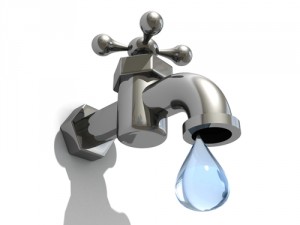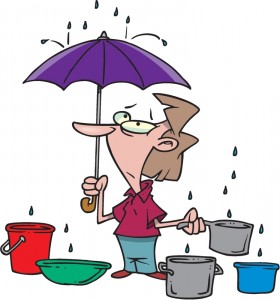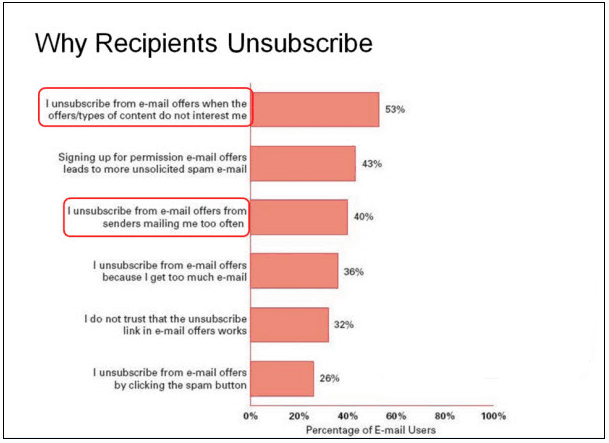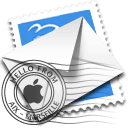10 Winning Email Drip Campaigns – Part 2
 Email drip campaigns can be an effective lead nurturing tool if used appropriately. Email provides a convenient way to establish trust among leads that take time to cultivate, and allows you to build a relationship without offending prospects. There is a variety of useful ways you can inform, assist, and entertain your leads while they go through their buying decision cycles.
Email drip campaigns can be an effective lead nurturing tool if used appropriately. Email provides a convenient way to establish trust among leads that take time to cultivate, and allows you to build a relationship without offending prospects. There is a variety of useful ways you can inform, assist, and entertain your leads while they go through their buying decision cycles.
In 10 Winning Email Drip Campaigns – Part 1, we covered five effective options that can be used for lead nurturing purposes. Here are five more that experts agree will boost your lead nurturing effectiveness:
- Free Resources – Providing a link to a tool or resource that your prospects can use is a great way to show that you are interested in being helpful, that you wish to be an ally. For example, if your market includes companies that provide financial investment advice, provide links to popular trading software products. Online financial calculators, website keyword analyzers, and energy conversion charts are commonly used examples of helpful tools.
- Industry Surveys – Send relevant data that gives your prospects a view into what peers are thinking. Information about trends or opinions can provide valuable insight to your email recipients. One strategy might be to conduct your own survey and furnish the results as part of a drip campaign.
- Industry News – Creating awareness about important news can be an effective method of building trust. Many business professionals like to be informed about their industry, so sending a brief message that includes a link to a recent news article provides a reason to make contact – and a way to remain relevant in your prospects’ eyes.
- Blogs – Why not provide a link to your blog in an email message? Using this technique combines the marketing power of email and blog posts in your lead nurturing strategy. One good way to promote your company and nurture leads is to share recent posts, but be sure to remain sensitive to the frequency with which you are contacting prospects.
- Videos and Images – Visual content can help to achieve TOMA in your prospects’ minds. Sending a useful how-to video or a funny (but tasteful) cartoon can provide a nice break in their routine and build a relationship over time. It’s most effective when you use content that is relevant to your B2B prospect or your offering.
There are a few things to keep in mind when you design your drip campaign. First and foremost, touch points should not be stale rehashes of previous messages. Secondly, every message should be designed to provide value to your prospects. Third, it’s best to integrate a variety of content within a linear campaign; provide content that builds engagement as the number of contacts increases.
While you nurture leads through a drip campaign you should avoid overexposure. On average a schedule of blasts every 2 to 4 weeks is appropriate. And don’t forget to include opt-out links within your email messages to avoid being labeled as spam.
To find out how we design effective email campaigns for lead nurturing, contact a Lead Liaison representative today!












